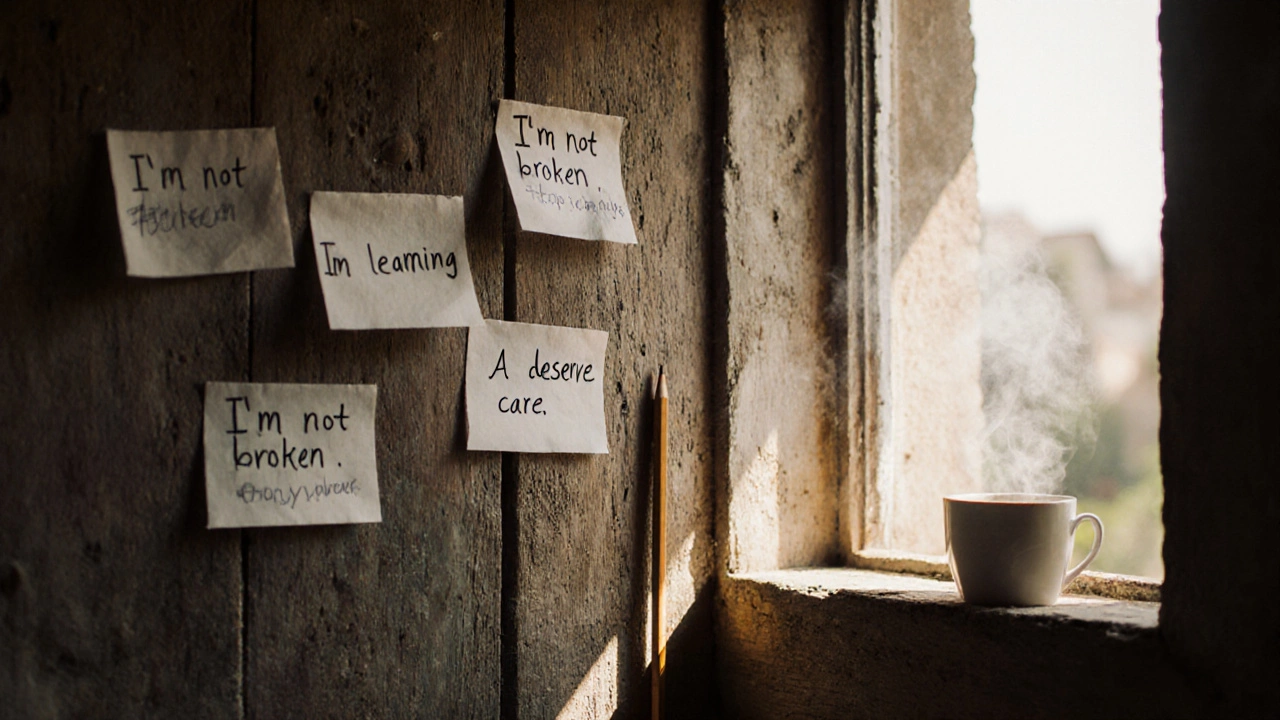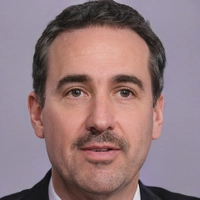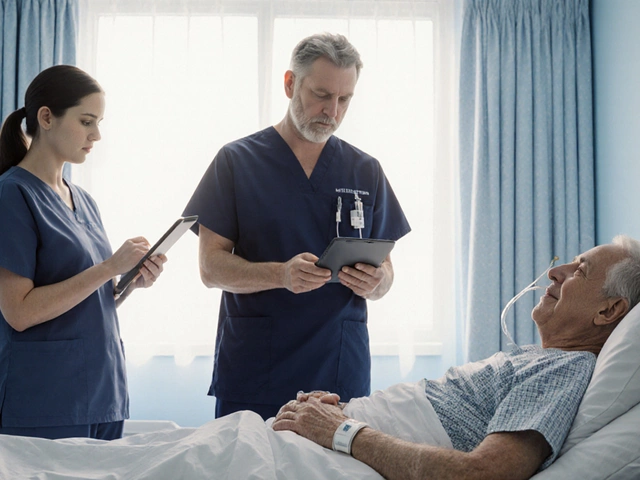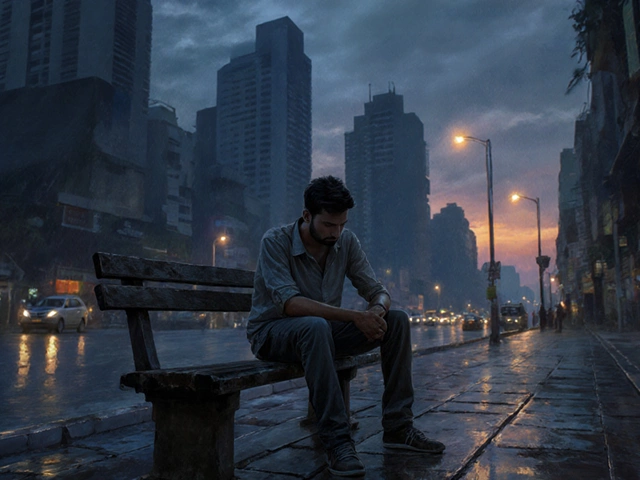
People go to therapy because they’re hurting. They sit on a couch, talk about their childhood, cry, and hope something changes. And sometimes, it does. But what if the real healing doesn’t come from the therapist’s office at all? What if something stronger than therapy is already inside you-or around you-waiting to be noticed?
Therapy Isn’t the Only Path
Therapy is valuable. It gives structure. It offers tools. It helps you name what’s broken. But therapy alone doesn’t fix loneliness. It doesn’t feed you when you’re broke. It doesn’t hold your hand when your parent dies. It doesn’t make you feel safe in your own skin after years of abuse.
Real healing often happens outside the 50-minute hour. It happens in the quiet moments between sessions-when someone cooks you a meal without being asked, when a friend shows up at 2 a.m. just to sit with you, when you finally stop blaming yourself for things you couldn’t control.
Community Is the Silent Therapist
In many cultures-especially in places like India-people don’t go to therapists. They go to their families, their temples, their neighborhoods. They don’t say, “I need CBT.” They say, “Maa, I’m not okay.” And that’s enough.
A 2023 study from the Indian Journal of Psychological Medicine found that people with strong social ties recovered faster from depression than those who relied only on clinical therapy. Why? Because community doesn’t ask you to analyze your trauma. It just holds space for it. It feeds you. It calls you every Sunday. It doesn’t leave when the session ends.
Think about it: when you’re drowning, do you want someone to teach you how to swim-or someone who jumps in and pulls you out? Therapy teaches. Community pulls.
Self-Compassion Beats Analysis
Therapy often asks: “Why did this happen to you?”
Self-compassion asks: “What do you need right now?”
One woman I knew spent six months in therapy talking about her abusive father. She understood his trauma. She mapped his patterns. She even wrote letters she never sent. But she still woke up every morning hating herself.
Then she started writing three lines every night:
- I’m not broken.
- I’m learning.
- I deserve care, even if I don’t feel worthy.
That’s not therapy. That’s self-compassion. And within three months, her panic attacks dropped by 70%. She didn’t need more insight. She needed kindness.
Studies from Stanford’s Center for Compassion and Altruism show that self-compassion reduces cortisol levels more effectively than cognitive restructuring alone. You can analyze your pain forever. But only self-kindness lets you breathe again.

Routine Is the Invisible Healer
Therapy tells you to “practice mindfulness.” But it doesn’t tell you to wake up at 6 a.m. and drink water. It doesn’t remind you to walk for 20 minutes. It doesn’t make you eat dinner at the table without your phone.
Yet those tiny routines? They rebuild your nervous system. They teach your body it’s safe. They give your mind something to anchor to when thoughts spiral.
One man I met in Bangalore lost his job, his marriage, and his sense of purpose in six months. He went to therapy. He talked. He cried. He felt worse.
Then he started doing three things every day:
- Waking up before sunrise
- Walking to the temple without headphones
- Writing one thing he was grateful for on his wall
He didn’t fix his past. He rebuilt his present. Within eight months, he started tutoring kids at the local school. He didn’t need to understand why he was broken. He just needed to show up.
Physical Movement Heals What Words Can’t Touch
Depression doesn’t live in your thoughts. It lives in your shoulders. In your chest. In your gut.
Therapy talks about trauma. But yoga, boxing, dancing, swimming-these move the trauma out.
A 2024 meta-analysis in the Journal of Clinical Psychiatry reviewed 37 studies on movement and mental health. The strongest results came not from therapy, but from consistent physical activity. People who walked 30 minutes a day, five days a week, saw depression scores drop as much as those on antidepressants.
Why? Because movement resets your nervous system. It tells your brain: “You’re alive. You’re safe. You can move.”
One woman in Mysore started dancing in her kitchen after her divorce. No one watched. No one praised her. But she danced anyway. For 18 months. Then she joined a local class. Now she teaches. She didn’t need to talk about her husband. She needed to move her body again.

Meaning Is the Ultimate Antidote
Therapy helps you process pain. But meaning helps you rise above it.
People who survive trauma-war, loss, abuse-often find healing not by digging deeper into their wounds, but by reaching outward. They volunteer. They write. They mentor. They plant trees.
In a long-term study of survivors of the 2008 Mumbai attacks, those who found meaning through helping others reported higher life satisfaction five years later than those who focused only on therapy.
Meaning doesn’t erase the pain. But it gives you a reason to carry it.
One man lost his son to cancer. He didn’t go to therapy for two years. Instead, he started a free nutrition program for kids in chemotherapy wards. He didn’t fix his grief. He turned it into something that helped others. And in that, he found peace.
Therapy Is a Tool. Not the Answer.
Therapy is like a flashlight in a dark room. It helps you see the cracks. But the room was never meant to stay dark. The door was always there.
The door is your community. Your morning walk. Your handwritten note to yourself. Your dance in the kitchen. Your decision to help someone else who’s hurting.
You don’t need to be fixed. You need to be held. To be seen. To be reminded you’re not alone.
Therapy can guide you to the door. But it’s your life-your choices, your connections, your small acts of courage-that opens it.
What’s Stronger Than Therapy?
It’s not one thing. It’s a thousand tiny things:
- The neighbor who brings you chai when you haven’t left your bed for three days.
- The journal entry where you forgive yourself for not being “better.”
- The walk you take even when you don’t want to.
- The song you play loud when you feel like crying.
- The stranger who smiles at you on the bus and doesn’t look away.
These aren’t replacements for therapy. They’re its quiet, powerful partners.
You don’t need to be healed by a professional. You need to be reminded-by your body, your people, your habits-that you’re still here. And that’s enough.
Healing doesn’t always come from talking. Sometimes, it comes from living.
Is therapy useless if I don’t feel better?
No. Therapy isn’t meant to be a quick fix. It’s a tool to help you understand yourself better. But if you’re not feeling better after months, it might mean you need more than talk-like community, movement, routine, or meaning. Therapy works best when paired with real-life healing practices.
Can I heal without therapy?
Yes. Many people heal without ever seeing a therapist. Healing comes from connection, self-kindness, physical activity, and finding purpose. Therapy helps some. But it’s not the only path. Your body, your relationships, and your daily habits can be just as powerful-if not more so.
Why do some people get worse after therapy?
Therapy can stir up pain without giving you tools to manage it. If you’re left with memories but no support system, no routine, and no sense of safety, you might feel more overwhelmed. Healing isn’t just insight-it’s safety, structure, and belonging. Therapy alone doesn’t always provide those.
How do I start building healing habits if I’m too tired?
Start with one tiny thing. Drink a glass of water when you wake up. Step outside for 60 seconds. Write one sentence in a notebook. Don’t aim for big change. Aim for consistency. Healing doesn’t require energy-it requires presence. Even small actions signal to your brain that you’re worth caring for.
Is community really that important for mental health?
Extremely. Studies show that people with strong social ties recover from depression faster than those who rely only on clinical treatment. Humans are wired to heal together. Loneliness is as dangerous as smoking. Connection isn’t a luxury-it’s medicine.
What if I don’t have a strong community?
Start small. Join a free walking group. Volunteer at a local shelter. Attend a community event-even once. Healing communities aren’t always family or friends. Sometimes they’re strangers who show up. You don’t need a big circle. You just need one person who sees you.
If you’re reading this and you’re tired-take a breath. You’re not behind. You’re not broken. Healing isn’t a race. It’s a rhythm. And sometimes, the strongest force isn’t in a therapist’s office. It’s in the quiet, stubborn act of showing up-for yourself, and for life.





